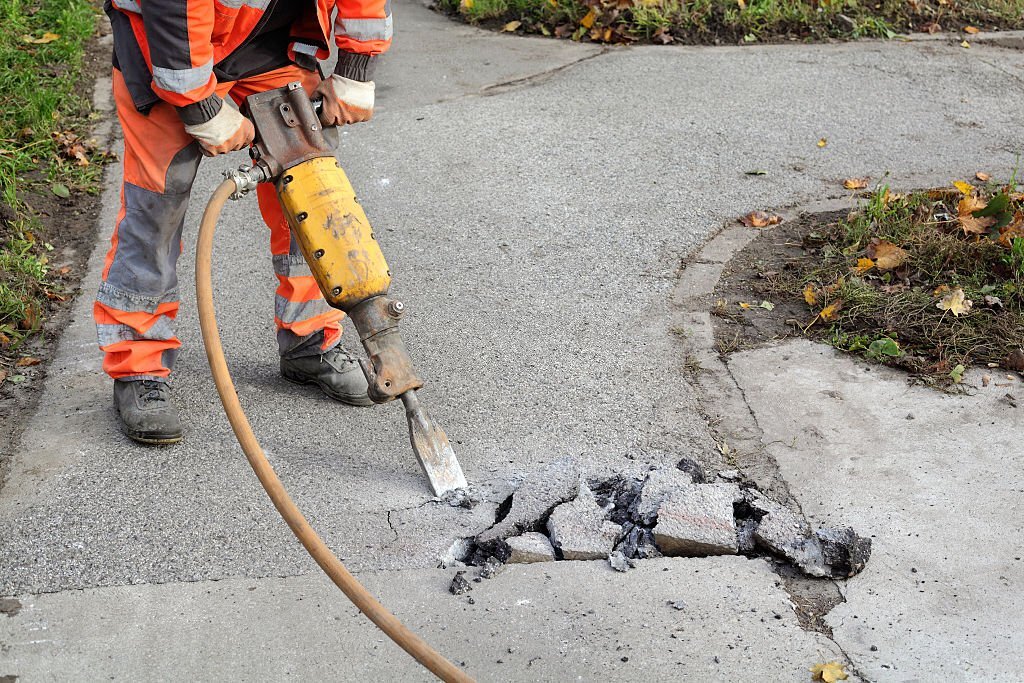There are many different types of Concrete Repair. Many repair products achieve high strengths very early in the repair process. This early strength gain shortens the service life of the repair. Furthermore, many of the ingredients used in these products may shrink and crack, making the repair material brittle. In addition, some of these repair materials aren’t compatible with the original concrete, causing the repair to be ineffective. This article will cover some of the most common forms of Concrete Repair and how to fix them.
Surface Defects in Concrete
The most common and easiest to repair are surface defects. The material used for these repairs should be applied and finished competently. In addition, it should be mixed with a bonding agent, if desired. After mixing, the compound should be troweled or tapped into the cracks and air gaps and leveled. It is better to use a bonding agent with the cement to prevent the mix from shrinking. However, if you do not have these materials, you can purchase a ready-made patching compound from a local home improvement store.
A well-designed and thorough preparation are necessary for the proper concrete repair. It is crucial to carefully remove all soft materials before installing new materials and then insert the repaired material into sound concrete. The repair material must bond with the original concrete and not pull out to ensure a successful repair. Poor preparation will result in a sub-standard repair and ultimately result in an inferior product. This article will discuss the various types of concrete repairs and how they can be used in different situations.
After the damage has occurred, it is crucial to determine the type of concrete repair required. If the concrete is too deteriorated to accept epoxy injection, the repair should be removed entirely and new concrete placed. If the repair involves shoring, the structure can be stabilized with shoring. As with all types of concrete repair, preparation is key to a successful outcome. Any corroded reinforcing bars should be removed. The steel must be cleaned of corrosion products before the new concrete is poured. Finally, the new steel should be tied to the existing steel.
A concrete repair company will evaluate the severity of the issue and provide the best solution for the budget. Concrete cracks and uneven concrete are tell-tale signs of damage. Concrete is an important material used in the foundation of a home. Cracks and uneven surfaces should be repaired as soon as possible to prevent further damage. Often, leveling the concrete is a much cheaper option than replacing it. It’s also a more practical solution than a complete replacement.
Cracks in Concrete
Cracks in concrete are caused by several factors, including settling and thermal expansion. In addition to this, cracks can also result from improper pouring and curing. A professional can fix these problems using several techniques, including a two-component epoxy or a special urethane resin. Ultimately, the repair can restore the structural integrity of the concrete. The epoxy can also be used to repair a concrete surface that has been cracked on its face or has a sanded-in-place slab.



